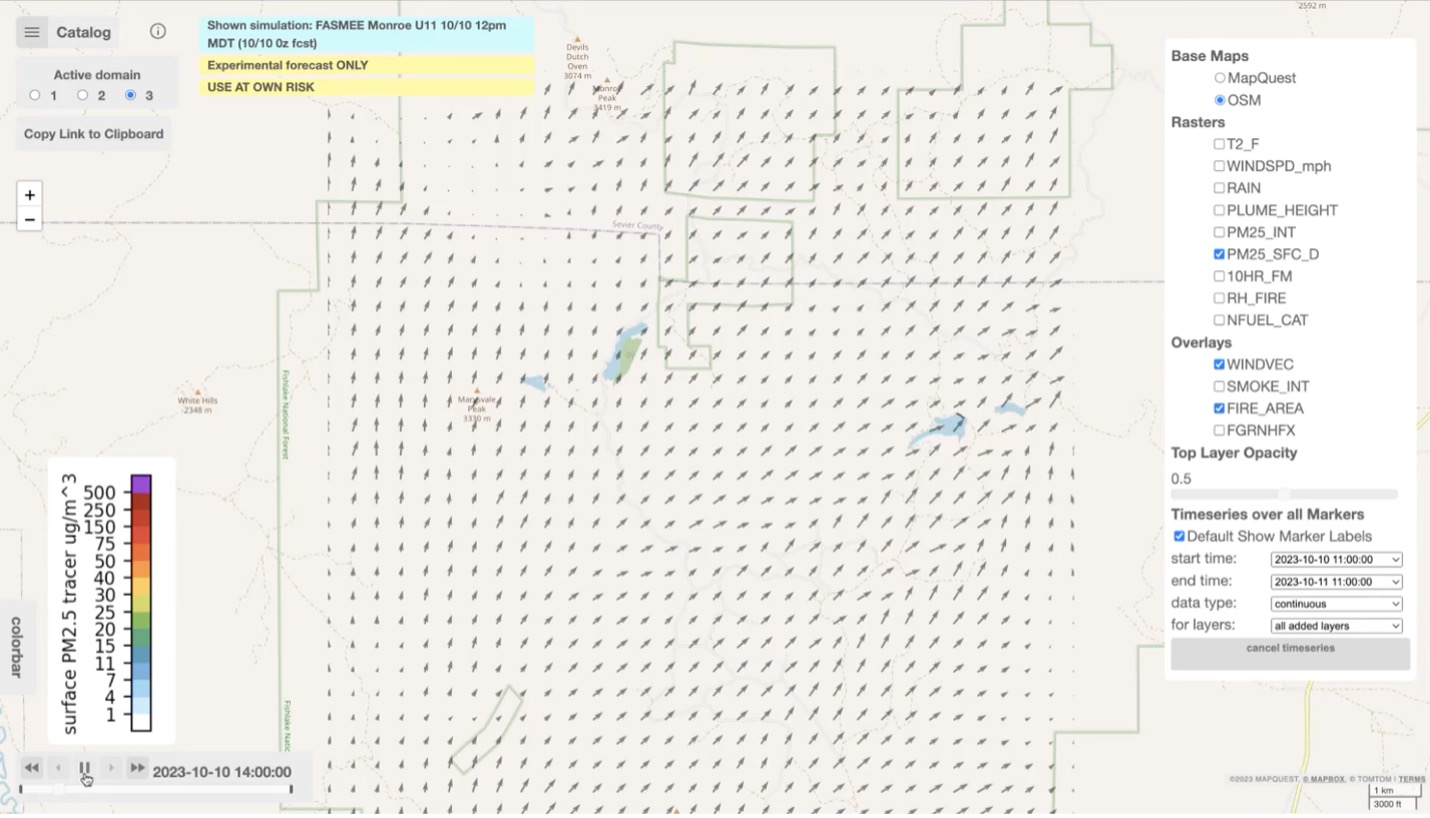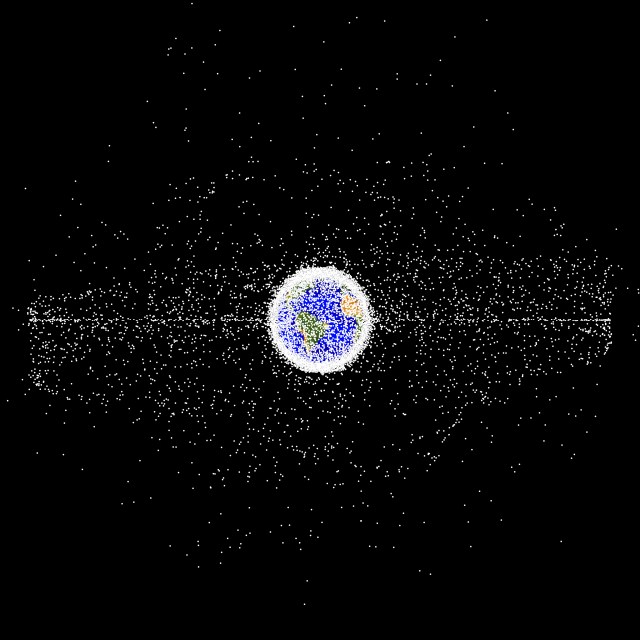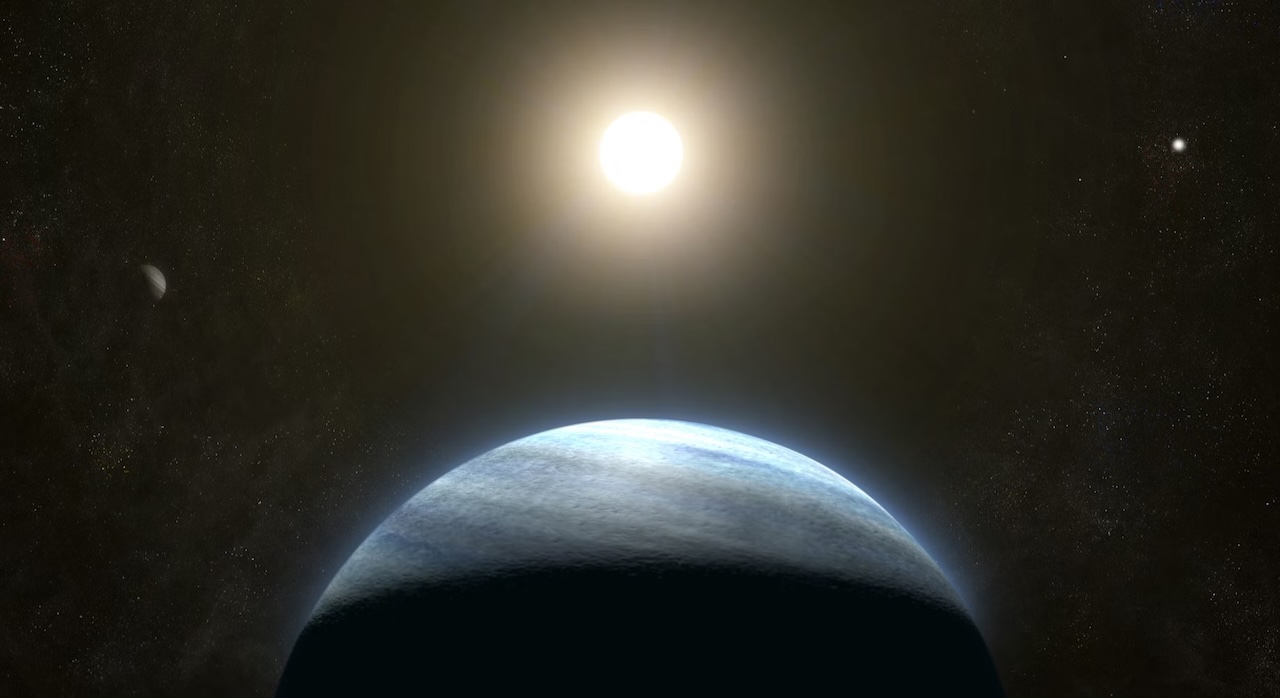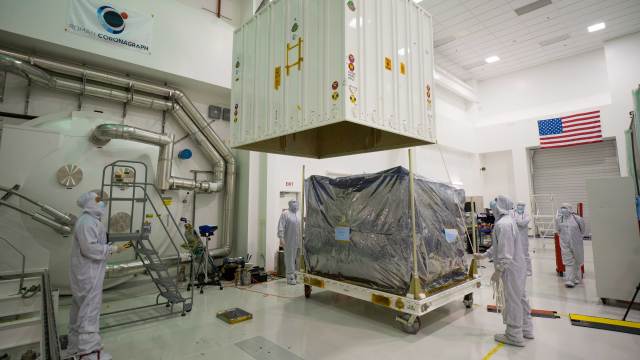Alireza Amirkhizi
University of Massachusetts, Lowell
The use of textile devices for spacecraft structures and decelerator (parachute) systems provides significant stowed versus deployed volume and mass advantages. To assist in the design of these devices, engineers make extensive use of fluid-structure interaction (FSI) modeling. The objective of this project is to advance the state-of-the-art for the FSI simulations of decelerator systems by providing calibrated structural models of the parachute components (canopy fabric, suspension-line cords) in application-relevant conditions (inflation and descent). This advancement will be accomplished though (1) an experimental program that will develop the rules and tools for characterization of canopy fabrics and suspension lines and build a material database for their response in service conditions, (2) the implementation of high-fidelity textile models into NASA-relevant FSI codes, and (3) the validation of the structural models in quasi-static as well as deployment conditions. The innovative aspects of this effort include the development of robust structural models of parachute canopy fabrics and suspension lines, that are not presently available or properly modeled/calibrated, and the creation of the associated test methods and facilities for the characterization of the fabric and line textile material systems for application-relevant conditions. The success of this project, through improved high fidelity FSI modeling, will reduce the cost in time and dollars to build and test multiple prototypes before concluding a final design. In the long term, the results of this research program will facilitate sustainability, affordability, and safety of space science and travel by enabling the design of lightweight reusable decelerator systems, which in turn will reduce the effective weight of the space structures, thereby accommodating either reduced propulsion demands or increasing payload capacity.

























